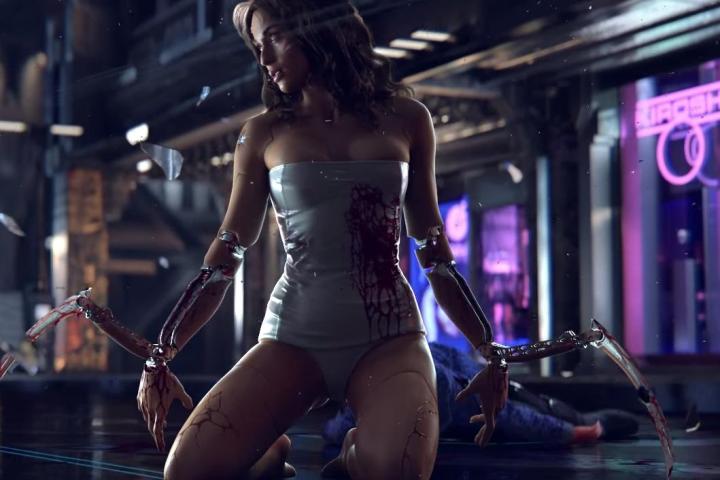
CD Projekt Red visual effects artist Jose Teixeira told MCV that “Cyberpunk is far bigger than anything else that CD Projekt Red has done before. Far, far bigger. We’re really stepping into the unknown in terms of complexity and size and problems we encounter.”
The learning experience of creating The Witcher 3, which was the studio’s first attempt at a truly open world, has directly informed and greatly focused its ability to create the world of Cyberpunk 2077.
“The Witcher helped Cyberpunk quite a bit, because the game got so big and so complex that it really taught us,” Teixeira explained. “We really didn’t know what was going to happen. If anything, working on The Witcher 3 was a really good and often brutal learning experience. Cyberpunk is going to benefit greatly from it. I can almost guarantee it.”
Cyberpunk 2077 is set in a dystopian future not unlike that in the Deus Ex series, where human augmentation has spread rapidly and has destabilized many elements of society. It is based on Mike Pondsmith’s pen-and-paper RPG, Cyberpunk 2020, which was first published in the late 80s. After nearly a decade of swords and sorcery in the world of The Witcher, the developers are probably eager for the change of pace to Cyberpunk’s near-future science fiction.
Editors' Recommendations
- Cyberpunk 2077 cheat codes: money, weapons, and more
- All new weapons in Cyberpunk 2077: Phantom Liberty DLC
- Cyberpunk 2077: How to start Phantom Liberty DLC
- Cyberpunk 2077 just pulled the rug out from under low-end PCs
- Cyberpunk 2077: Phantom Liberty fixes my biggest problems with the base game


